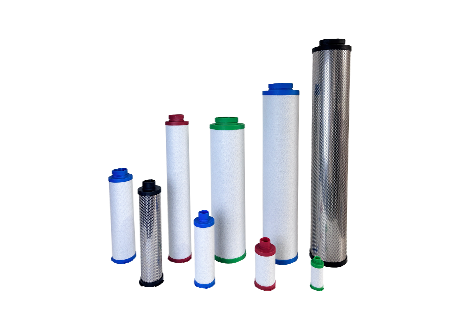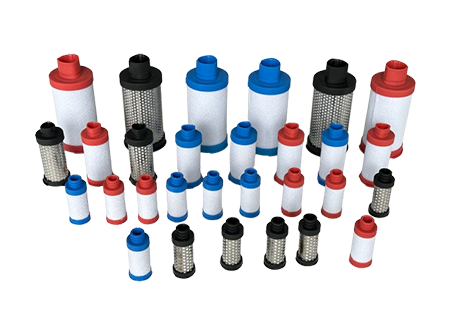Role of Precision Compressed Air Filter Element in Clean Air System
Industrial pneumatic systems depend on clean, particle-free air to maintain accuracy, reduce wear, and ensure long-term stability. A precision compressed air filter element serves as the core component responsible for capturing solid particles, oil aerosols, and moisture that compromise system performance. As production environments evolve towards tighter tolerances, automation, and high-purity applications, these filtration elements play a critical role in protecting sensitive equipment and preventing contamination-driven failures.
Rather than viewing filtration as a routine maintenance task, modern facilities treat the filter element as a strategic component in optimization and risk prevention. Through advanced materials, engineered pore structures, and high-efficiency separation technologies, today’s filter elements deliver consistent purity while minimizing pressure loss and operational costs. In this blog post, Yuanmei, as high performance replacement filter element manufacturing factory, will share the role of precision compressed air filter element in clean air system.
How High-Precision Air Filter Elements Improve System Reliability
A major advantage of high-precision filter elements is their ability to maintain stable system pressure and airflow quality, even during extended cycles. By preventing particulate overload, they reduce friction in cylinders, valves, and actuators, lowering the chance of premature wear or malfunction. This translates directly into reduced downtime and improved productivity.
In high-demand sectors such as food and beverage, medical manufacturing, electronics, and automotive assembly, even a small deviation in compressed air purity can lead to damaged products or compromised safety. Precision filter elements help organizations meet stringent cleanliness standards while maintaining efficient air usage. Their consistent performance also supports predictive maintenance strategies, allowing operators to track flow differentials and schedule replacements proactively.
Advanced Materials Used in Precision Compressed Air Filtration
Modern compressed air filter element designs incorporate multi-layer structures engineered to balance strength, filtration efficiency, and low resistance. Typical materials include:
Sintered stainless steel mesh for structural rigidity and thermal stability.
Multi-fiber borosilicate glass media capable of capturing sub-micron particles.
High-density polyester fibers for moisture separation and long service life.
Activated carbon layers for vapor and odor removal in high-sensitivity environments.
Each material contributes to a specific function—pre-filtration, coalescence, adsorption, or final particle polishing—creating a targeted filtration sequence built to handle challenging contamination loads. The combination of these materials delivers optimal flow distribution and prevents media collapse, ensuring stable performance across diverse operating conditions.
Exploring Compressed Air Filtration Technology in Precision Applications
Technology advancements have transformed how filter elements control particulate, oil, and vapor contamination. Innovations include:
Coalescing Technology
Precision coalescing filter elements convert fine aerosols into larger droplets that can be easily drained from the system. Their engineered microfibers create controlled pathways that capture tiny oil particles while maintaining low pressure drop.
Gradient Density Media
Layered media with varying pore sizes ensure progressive filtration. Larger particles are trapped early, preventing premature clogging deeper in the structure, which extends the element’s lifespan.
Anti-Re-entrainment Structures
Specially treated surfaces prevent trapped contaminants from releasing back into the airstream, maintaining purity across the entire filtration cycle.
Optimized Airflow Paths
Engineering improvements in pleating geometry and protective cages stabilize airflow, preventing turbulence that leads to inconsistent filtration performance.
These technologies give modern filter elements a measurable advantage over legacy designs, supporting high-precision manufacturing setups that operate around the clock.

Industrial Uses for Precision Compressed Air Filter Elements
Industrial applications require unique filtration capabilities depending on sensitivity, flow demand, and risk tolerance. Examples include:
Manufacturing and Automation
Robotics, actuators, and pneumatic control systems rely on consistently clean air to maintain micro-movement accuracy. Filter elements prevent valve blockages, ensuring stable repeatability in high-speed production lines.
Pharmaceutical and Biotech Production
Clean air is essential in processes involving sterile packaging, powder transfer, and contamination-sensitive equipment. Precision filter elements help maintain compliance with regulatory standards.
Electronics and Semiconductor Fabrication
Micro-scale components require protection from microscopic particles that could cause defects. High-precision filtration reduces yield loss and supports strict cleanroom protocols.
Food and Beverage Processing
Compressed air often comes into contact with food surfaces, packaging, or mixing equipment. Oil-free and particulate-free air ensures product integrity and consumer safety.
Surface Treatment and Coating
Spray coating and finishing require stable air quality to achieve uniform application. Filter elements reduce moisture and oil carryover, preventing surface defects.
These scenarios demonstrate why high-quality filter elements have become indispensable across industries focused on precision, safety, and consistency.
Comparing Precision Compressed Air Filter Element Designs
Different filter element designs serve different operational requirements. Understanding their unique characteristics helps optimize selection:
Coalescing vs. Particulate Elements
Coalescing elements remove liquid aerosols and fine oil contaminants.
Particulate elements target solid debris generated from corrosion, dust, or compressor wear.
Each function contributes to overall air quality, and advanced systems often pair multiple elements for comprehensive coverage.
Activated Carbon vs. Traditional Media
Activated carbon elements adsorb vapors and odors, making them suitable for high-purity industries where chemical sensitivity is critical.
Traditional mechanical media focus on capturing physical particles and moisture, providing broader but less specialized filtration.
Standard vs. High-Efficiency Element Grades
Manufacturers often categorize elements into general-purpose, micro-fine, and ultra-fine levels. High-efficiency grades offer superior performance but require closer monitoring to prevent flow restriction from saturation.
Matching the correct filtration grade to the application is essential for both efficiency and longevity.
Energy Efficiency Benefits of Precision Filter Elements
An overlooked advantage of precision air filter elements is their contribution to reducing energy consumption. Because compressed air is one of the most expensive utilities in a factory, minimizing pressure drop is critical.
High-precision filter designs maintain consistent airflow without forcing compressors to work harder. Features such as optimized pleat depth, low-resistance materials, and improved coalescence channels significantly reduce unnecessary energy expenditure. Over the lifespan of a system, this leads to substantial operational savings and a smaller environmental footprint.
In addition, extended service life reduces replacement frequency, further lowering waste and maintenance costs.
Maintenance Strategies for Long-Life Compressed Air Filtration
Efficient filtration depends on proper maintenance. Instead of following a fixed schedule, modern plants use data trends to determine when to replace filter elements. Monitoring differential pressure provides a clear indication of saturation levels, allowing timely maintenance without unnecessary replacements.
Proper storage, correct installation, and inspection for mechanical damage also ensure that filtration performance remains consistent. In harsh environments, pre-filters may be added to protect finer elements and extend their service life.
A disciplined maintenance approach protects critical system components, improves energy efficiency, and preserves product quality across the production chain.
Why Precision Compressed Air Filter Elements Matter in Future Manufacturing
As industries continue shifting toward automation, digitalization, and ultra-clean production environments, the demand for high-precision filtration will grow. Modern factories cannot risk unplanned downtime, contamination-related defects, or equipment degradation caused by poor air quality.
Filter elements will increasingly incorporate smart sensors, self-monitoring materials, and predictive diagnostics that integrate with industrial IoT systems. These innovations will transform filtration from a passive component into an active system player supporting intelligent, energy-efficient manufacturing.
Precision compressed air filter elements are ultimately about protection—protecting equipment, processes, products, and end users. With advancing materials and technology, they will continue to be a cornerstone of reliability and quality in modern compressed air systems.




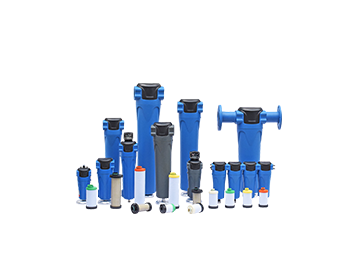
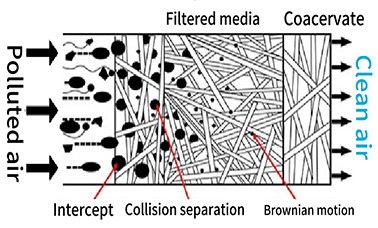

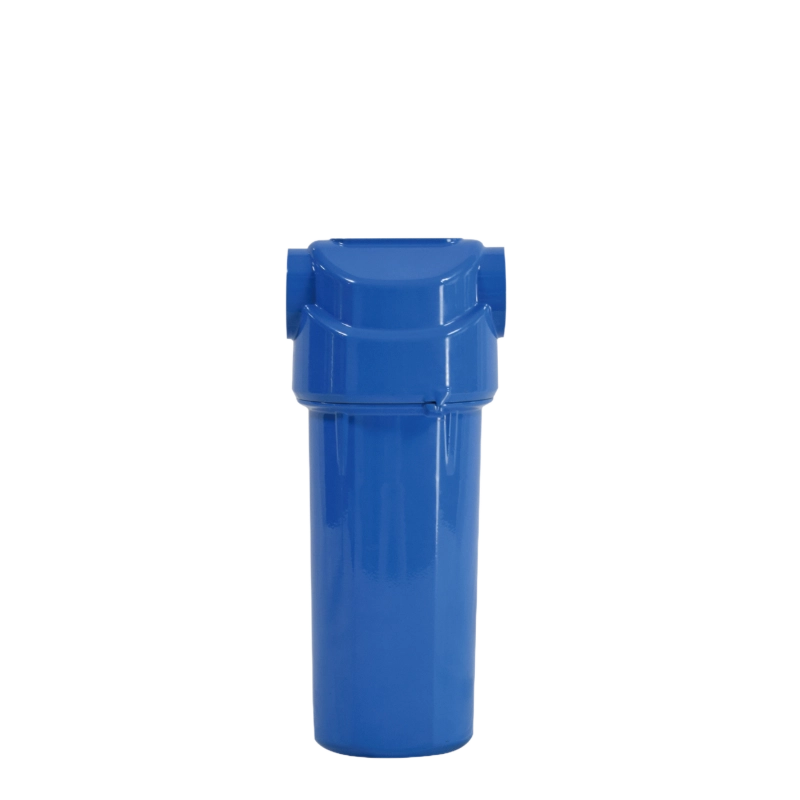

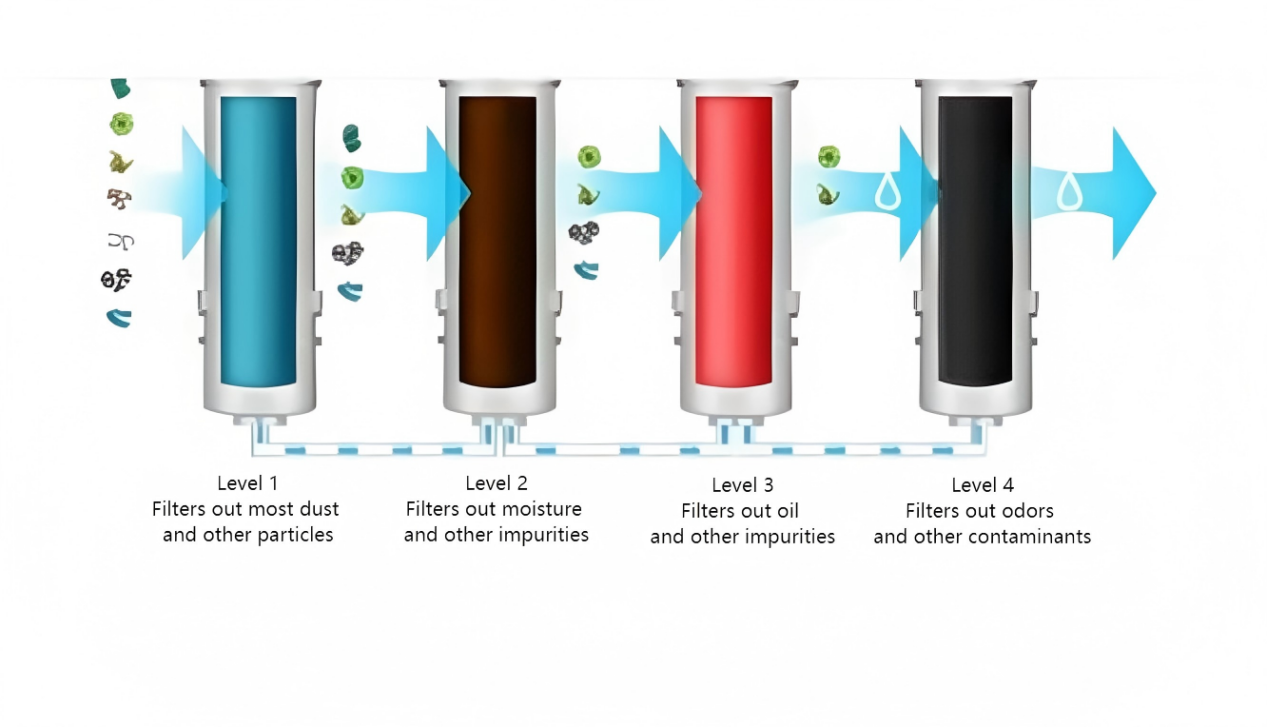
 Join us
Join us After-sale service
After-sale service News
News